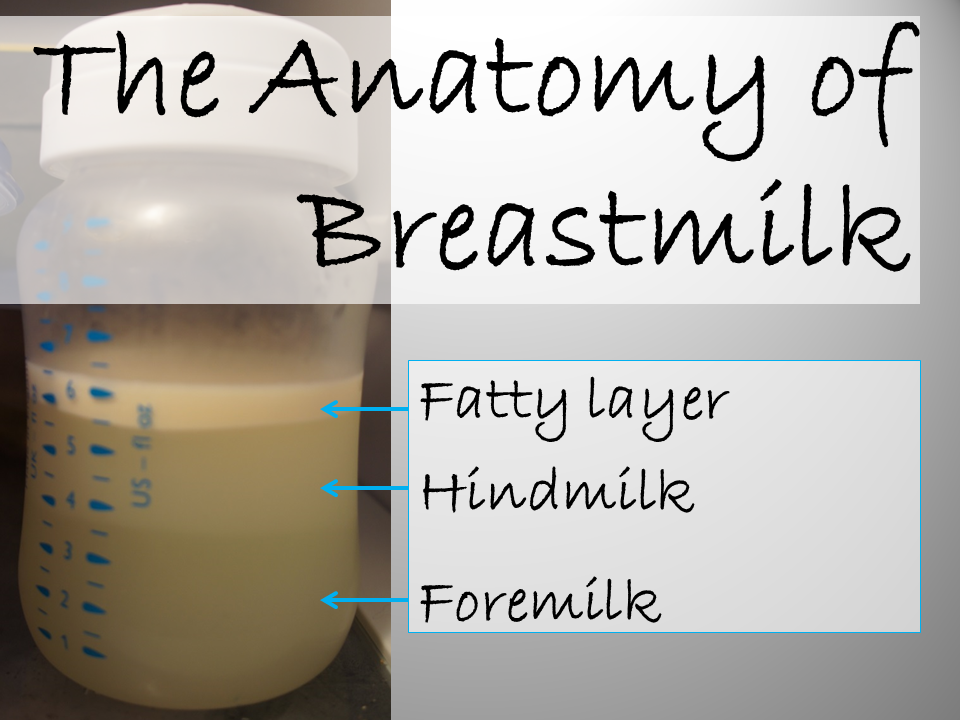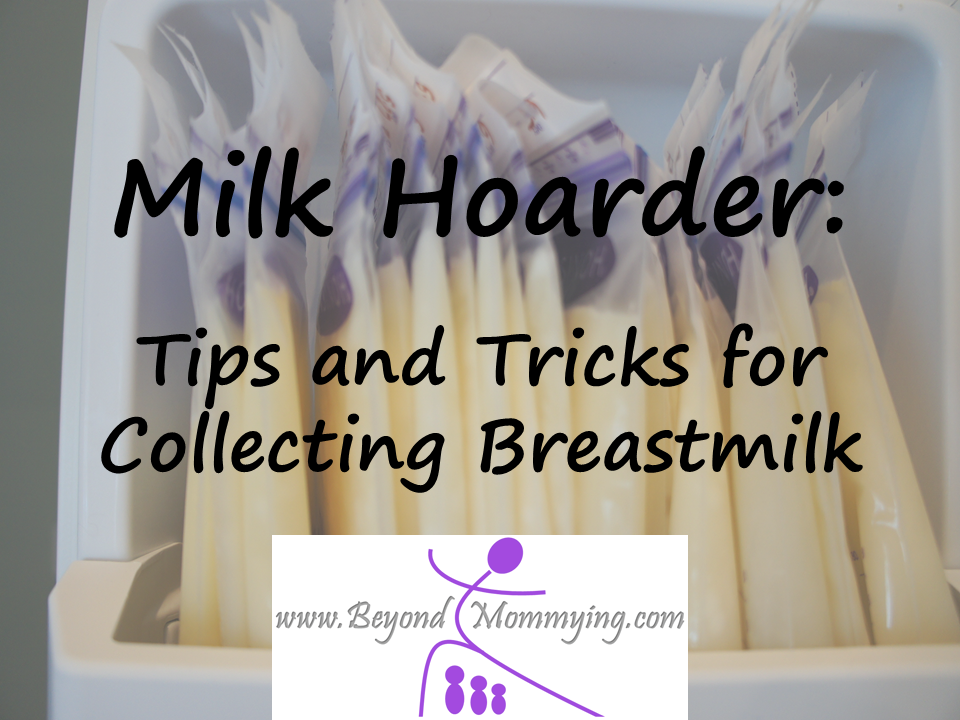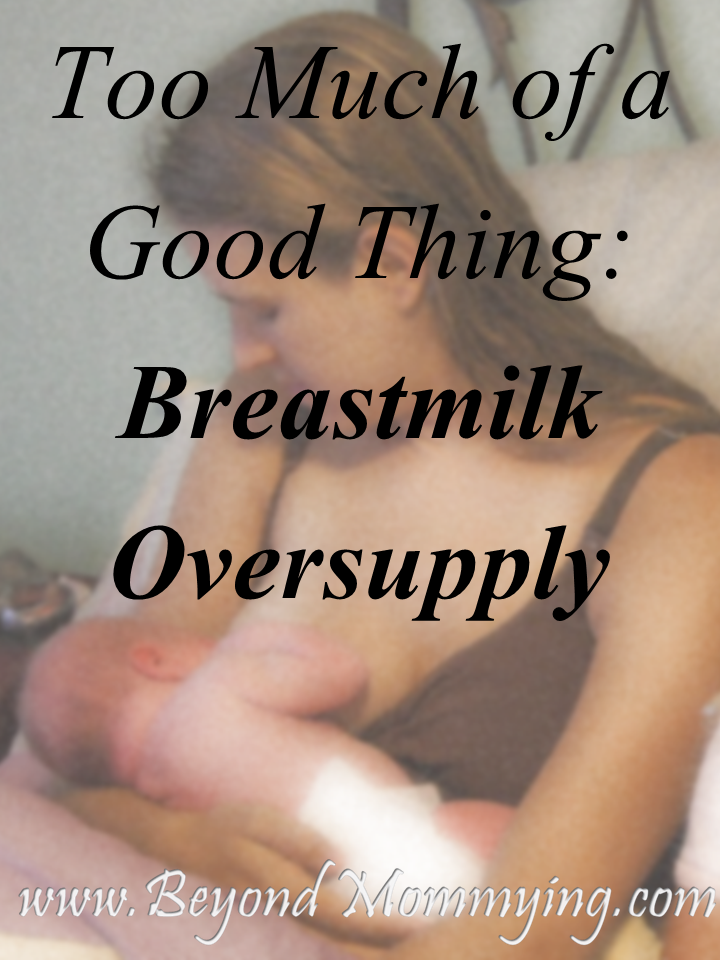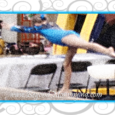It’s no secret that breastmilk is an amazing thing. I’ve written about its amazingness quite a few times:
“Why Breastfeeding is Best…for Everyone!”
And I briefly touched on the composition of breastmilk in “Too Much of a Good Thing” and while I’ve known about hindmilk and foremilk differences, it’s sometimes a hard thing to understand without SEEING it, so here it is:
The ring around the top is the fat (my milk is very lean, as noted in “My Children are so Dense!” and most breastmilk will probably have a much larger proportion of fat). The middle part is the hindmilk which is the milk baby receives the second half of the feed and is the thicker, fattier milk. The bottom, clearer portion is the foremilk which is the thirst-quenching, waterier milk.
It’s important to know, though, that there is not REALLY two different types of milk. Kellymom.com (a great breastfeeding resource) uses the great analogy of turning on a faucet: When you want hot water from the tap, it usually starts cold and gradually gets warmer until it is hot. Breastmilk is the same, the milk at the beginning is waterier and it gets denser and fattier as the feed goes on.
Hindmilk is not better than foremilk, or vice versa, baby needs both to grow and be healthy and this can be achieved by emptying each breast fully before changing. This can be achieved by letting baby nurse on one side and switching when they come off or in the instance of an oversupply (which is discussed in “Too Much of a Good Thing”), doing multiple feeds on each breast to ensure baby is emptying each breast and getting the fat and calories they need.









